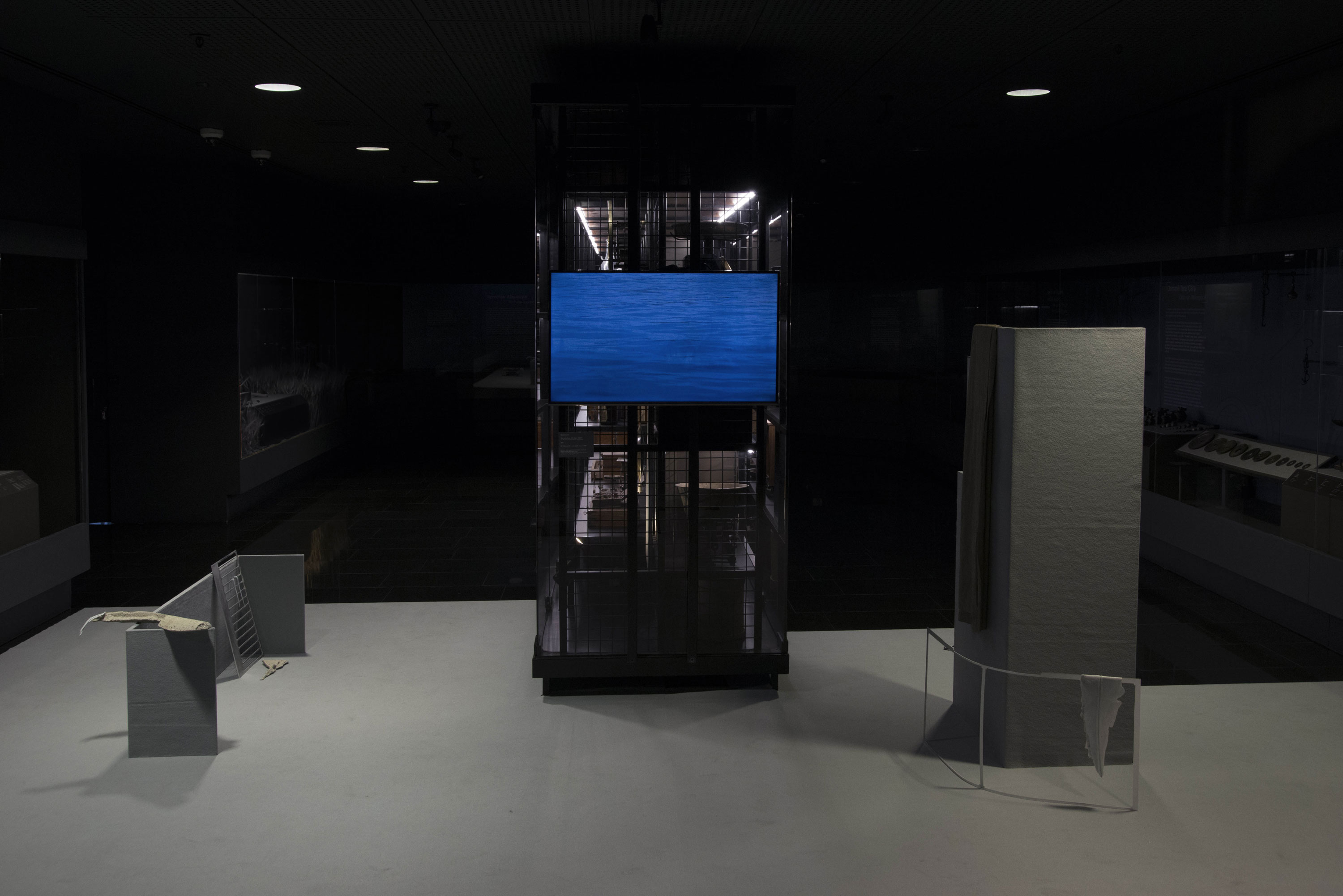Director: Agnieszka Holland
Cast: Barbara Grabowska, Adam Ferency, Boguslaw Linda
Poland, 122’, 1981, color
Polish, Russian with Turkish subtitles
The film is set in 1905, in a time of feverish revolutionary underground activity in a Poland partitioned between three neighbours. All the characters are committed anarchists. The bomb maker puts an invention together to place it at the disposal of young inexperienced terrorists fighting against Tsarist oppression. The story follows the passing of this bomb from anarchist to anarchist as several attempts are made on the life of the Tsarist governor general, until, at the end, it is effectively and harmlessly defused by a bomb expert. The presence of the bomb has a destroying effect on all of the Polish revolutionaries; they either die or break down. As such, the film was banned almost immediately when martial law was imposed upon Poland in 1981. Slated for obscurity, the film attained worldwide attention when it was feted at the 1981 Berlin Film Festival, by which time Holland had moved to France.

Inspired by its Anatolian Weights and Measures Collection, Pera Museum presents a contemporary video installation titled For All the Time, for All the Sad Stones at the gallery that hosts the Collection. The installation by the artist Nicola Lorini takes its starting point from recent events, in particular the calculation of the hypothetical mass of the Internet and the weight lost by the model of the kilogram and its consequent redefinition, and traces a non-linear voyage through the Collection.
Tuesday - Saturday 10:00 - 19:00
Friday 10:00 - 22:00
Sunday 12:00 - 18:00
The museum is closed on Mondays.
On Wednesdays, the students can
visit the museum free of admission.
Full ticket: 300 TL
Discounted: 150 TL
Groups: 200 TL (minimum 10 people)